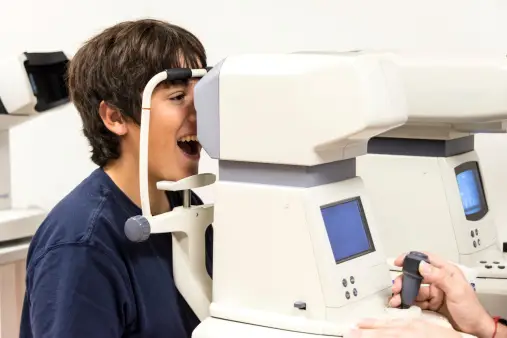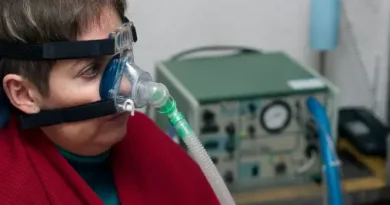Understanding Void Scans: A Key Tool in Quality Assurance
Understanding Void Scans: A Key Tool in Quality Assurance In the realm of quality assurance and non-destructive testing (NDT), void scans play a pivotal role. They are essential for detecting and analyzing voids, which are air pockets or gaps within a material that can compromise structural integrity. This article delves into the significance, applications, and technologies behind void scans.
What Are Void Scans?
Void scans are diagnostic procedures used to identify and map voids within a material. These voids can occur during manufacturing processes, such as casting, welding, or additive manufacturing. Detecting these imperfections is crucial for ensuring the reliability and safety of the final product.
Importance of Void Scans
- Safety and Reliability: Voids can weaken materials, leading to failures in critical applications like aerospace, automotive, and construction. Detecting and addressing voids early helps in preventing catastrophic failures.
- Cost Efficiency: Identifying voids before they cause defects in finished products can save significant costs associated with repairs, recalls, and replacements.
- Quality Control: Consistent quality is essential for maintaining brand reputation and customer satisfaction. Void scans ensure that each product meets the required standards.
Technologies Used in Void Scans
Several advanced technologies are employed to conduct void scans, each offering unique benefits:
- Ultrasonic Testing: This method uses high-frequency sound waves to detect voids. It’s highly effective for inspecting thick and dense materials.
- X-ray and CT Scanning: X-ray radiography and computed tomography (CT) provide detailed internal images of a material. These techniques are particularly useful for complex geometries and materials that are challenging to inspect with other methods.
- Thermography: Infrared cameras detect heat patterns on the surface of a material. Variations in these patterns can indicate the presence of voids beneath the surface.
- Acoustic Emission Testing: This method listens for the sound waves produced by the growth of voids or cracks under stress, allowing for real-time monitoring of structural integrity.
Applications of Void Scans
Void scans are utilized across various industries, including:
- Aerospace: Ensuring the integrity of critical components like turbine blades and fuselage structures is paramount for safety.
- Automotive: Detecting voids in engine parts, transmissions, and other components helps in maintaining performance and safety standards.
- Construction: Scanning concrete structures and foundations for voids ensures the longevity and safety of buildings and infrastructure.
- Manufacturing: In additive manufacturing, void scans help in identifying defects in 3D-printed parts, ensuring they meet design specifications and performance criteria.
Challenges and Future Directions
While void scans are highly effective, they come with certain challenges:
- Resolution and Sensitivity: Achieving the necessary resolution to detect small voids without compromising scan speed can be challenging.
- Material Variability: Different materials and composites may require tailored scanning approaches to achieve accurate results.
- Cost and Accessibility: Advanced scanning technologies can be expensive, limiting their accessibility for smaller manufacturers.
Looking forward, advancements in AI and machine learning are poised to enhance the capabilities of void scans. Automated defect recognition, improved image processing, and real-time analysis will make void scans more efficient and accessible.
Conclusion
Void scans are an indispensable tool in modern quality assurance practices. By detecting and analyzing voids, these scans ensure the safety, reliability, and performance of a wide range of products. As technologies continue to evolve, void scans will become even more integral to maintaining the highest standards of quality across various industries.
ChatGPT can make mistakes. Check important info.
ChatGPT




